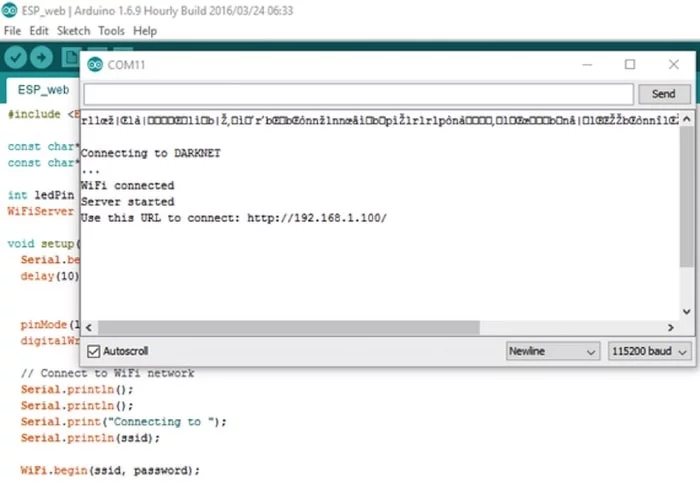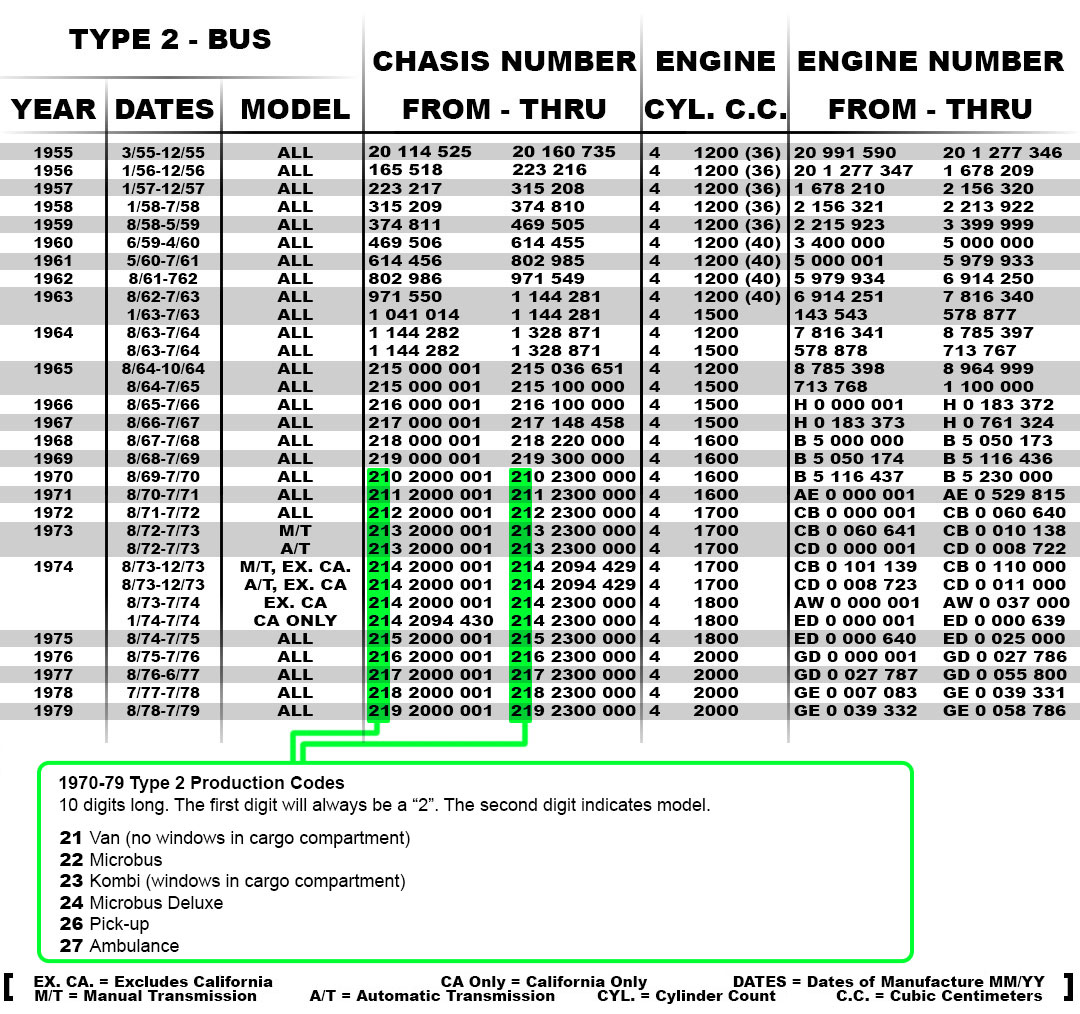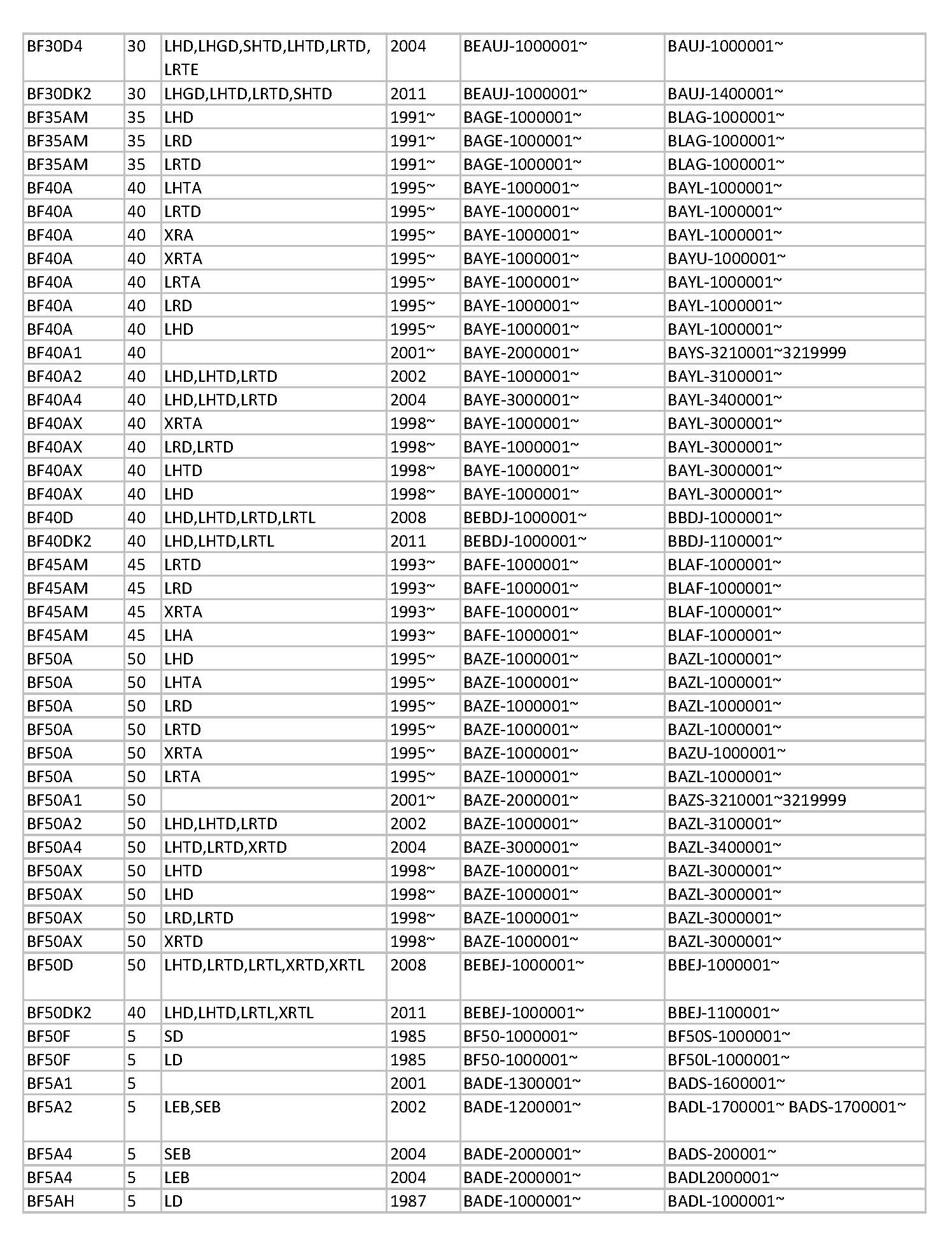Esp Serial Number Chart
Example: A serial number of 998120-345 tells us this guitar was made in 1999 during the month of August (8) and is a G6120 model (120), the 345th to be produced during the Revival Era. Starting in 1999, Gretsch began producing budget-level Electromatic, Synchromatic and Historic Series guitars in Korea. Example: A serial number of 4-3001 would indicate the 1st guitar made in April of 1973. Modern Pre-Fender: 1989 - 2002. When Gretsch the great-grandson regained control of the company, there was a solid decade of Japan production with a xxxxxx-xxx type serial number. These serial numbers include year, month, model number and production order info. We are committed to ensuring that the individuals whose details we hold understand our privacy practices. In particular, we want to make sure that we are respectful of your data protection preferences, and that you understand your data privacy rights.
ESP guitars rose to prominence in the 1980s on the strengths of flamboyant paint schemes and lead style sonic hardware. The Japanese guitar company made a name for itself on signature guitar models built for some of the most popular musicians of the time period. Identifying model years based on serial numbers for these ESP guitars can be difficult as the company kept few production records.
Company Beginnings
Electric Sound Products was opened in 1975 by Hisatake Shibuya in Japan. ESP was originally created to build custom replacement parts for existing guitars, and did not begin producing its own models until 1976. The guitar company hit the shores of the United States in 1983, setting up shop in New York. ESP introduced its first line of guitars there for the U.S., the 400 series, which had strikingly similar body styles to the Fender Stratocaster and Telecaster models.
Signature ESP Guitars
Beginning in 1984, ESP built custom guitars for several high-profile musicians, including Vernon Reid, Ronnie Wood and Vinnie Vincent. This trend continued in 1986 when George Lynch, while on tour in Japan, had a signature ESP guitar built for him. The result would become the ESP Kamikaze. The company used Lynch's popularity to release the Kamikaze as its first signature model available in the United States. Hardware from the Kamikaze models would make appearances in the M-1, MI Custom and Horizon Custom models released that same year.
Vintage ESP Guitar Identification
Esp Serial Number

ESP maintained limited records for its earlier models such as the 400 Series and its Signature guitar production line. In order to effectively date an ESP model built from 1976 to 1988, ESP's technical support staff will need the serial number of the guitar but, more important, pictures of the front and back of the headstock, neck and body. Contact information for ESP's technical support is available on the company's United States website under the support heading. Remember, serial number alone is not an effective way to date these earlier models. ESP simply didn't keep good enough records for that.
Current ESP Guitar Identification

Guitars currently in production and maintained in ESP's catalog are much easier to identify, though serial number alone is still not adequate. ESP's technical support staff will still require pictures of the guitar, along with the serial number to accurately identify the guitar for the customer. The reason for the guitar's serial number being insufficient is the multiple guitar companies for which ESP has built parts over the years. Guitar necks, fret boards and head stocks were built for companies such as Kramer, Dimarzio, Robin Guitars and Schecter, with some parts being used on ESP models as well. As a result, the serial number alone is an indicator of which factory produced the guitar, and not the year or model.

Warnings
Only ESP's technical support staff can accurately make the determination of a guitar's year of production. Avoid guitar 'dater websites' that allow users to input a serial number of a model and get back the year and model name of the guitar in question. These sites are primarily used to perpetuate a counterfeiting epidemic that has been ongoing for years in the music instrument industry. The only company or site or personnel that can accurately date any instrument is the manufacturing company itself.
Identification of old guitars is somewhat of an art, requiring knowledge, research, and resources. Since there is no formal standardization of identifying characteristics, manufacturers were free to choose ID methods. With the price of vintage instruments on the rise, and the proliferation of counterfeit and modified instruments, it is important to use all available resources, several identification methods, and a dose of common sense.
Serial Numbers
Serial numbers may seem to be the most reliable method of identification, but not all manufacturers used them, and they are not always reliable. Serial numbers can be obliterated or changed, or may have disappeared entirely.
On some guitars, the serial numbers are difficult to find. Older Fender guitars, for example, stamped the serial numbers on the heel of the neck, requiring removal to view the numbers. Other manufacturers printed serial numbers on tags inserted into the sound or f-hole of acoustic and hollow-body electric guitars, which may have been removed, become unglued, or have been lost altogether. There are also instruments that have no markings at all, or may be missing information due to refinishing, theft removal, or damage.
Design and Features
Guitar shape, finish, logo marking and designs can be used for identification purposes. Some manufacturers changed headstocks and body styles, or offered special paint finishes during certain model years. Logo designs and other graphic markings are also used to identify guitars, which older manufacturers tended to update with the times, or to mark the beginning of an era or company buyout. With popular vintage reissues and outright counterfeits, it is sometimes hard to distinguish old from new, making identification difficult.
Hardware and Electronics
Electronics and hardware can be used as substantiating evidence to back up other ID methods. Tuning keys, bridges, tailpieces, electric guitar pickups, knob style, and internal wiring can help in verifying a guitar's age. Bear in mind that when older guitars were new, owners did not always consider them future collectibles. In an effort to update their guitar, owners may have changed one or more parts to improve the instrument's performance.
Books and Websites
Books and websites exist to help identify older instruments. While websites are convenient, they may not have accurate information in their database, and should be used as just another authentication method.
Professional dealers and appraisers use personal knowledge and guitar 'blue books' to help identify and place value in an instrument. These same books are available for purchase at many music dealers.
Tips for Purchasing
Buy from a Reputable Dealer: Ask for documentation and substantiated proof of the instrument's authenticity, and perform your own research using the given information. With an established dealer, you may have some recourse if the guitar is not as claimed.
Avoid Buying Sight-Unseen: Buying guitars from private parties through auction sites or out-of-state advertisements is always a gamble. You are not only taking a chance of purchasing a guitar that is not authentic, but the true condition of the instrument will not be known until it arrives.
Be Wary of Private Sales: Always ask for any documentation and evidence, and do your own identification before you buy. Of course, there are many honest private sellers, but there is no guarantee that they themselves may have unknowingly made a bad purchase .
Use Several Identification Methods: Serial numbers and other obvious ID methods may not be enough. If an instrument has a serial number dating it to 1950 for instance, also consider that the body, headstock, hardware, electronics, and overall condition is consistent with the date and age.
Get it Appraised: Professional appraisers are knowledgeable and experienced, and will provide a written appraisal for documentation. If you think you may sell the instrument in the future, an appraisal certificate from a qualified, established appraiser will help you in the sale by removing many of the questions for the new buyer.